|
It's October, which means we're going somewhere creepy, and I'm not just referring to the snakes Down Under. Australian has no shortage of brutal convict history, but there’s a tangible creep factor visiting the cells of the Old Melbourne Gaol. It's unnerving as hell standing before the same gallows that dispatched notorious criminals like Ned Kelly, Frederick Bailey Deeming, and 131 others. Especially at night, when the lights are dimmed, the daytime tourists have cleared out, and writer Trevor Poultney is leading a group of two-dozen tourists. He reassures us that he doesn’t need to make up any silly ghost stories, since the jail has plenty of real-life stories to do the trick. In fact, the jail’s consistent paranormal activity inspired Trevor to start the ghost tours in the first place. Of course, nothing has been proved and there’s no guarantee you’ll actually see anything. I ask two couples in my group why they feel it is a good idea to spend Saturday night in a dark, haunted 19th century prison block. Both reply that it is a birthday present. Price of a Ghost Tour: $38. Scaring the crap out of your spouse: Priceless. A purple early evening glow still permeates the cellblock when Trevor begins. “It’s dark in here, and it’s going to get darker. Keep in a tight group, as it’s less likely you’ll be picked off.” He’s joking of course, but he’s also a great storyteller, adding just enough bite to his words to keep everyone on edge. It’s a ninety-minute tour, mostly conducted outside the cells since they are too small, too dark, too claustrophobic and too damn spooky to spend much time in. Trevor begins with the tale of a site supervisor locking up the museum for the night. Suddenly, she felt someone kick her in the leg. Heavy doors began banging, chains rattled, and she heard groans and screams. Apparently, much of the weirdness tends to emanate from Cell 17 on the second level, although no particular record exists as to why this would be the case. Trevor tells us that prisoners were often moved around, documentation has vanished, but conditions were notoriously horrific. At the rear of the first level, we sit around the lit-up death mask of Ned Kelly, the most infamous bushranger in Australian history. Alongside replicas of the handmade armour Ned wore during his famous shoot-out with the law, Ned’s head is the museum’s most famous attraction. Gad is it creepy! After the lifeless bodies of the condemned were removed from the gallows, it was common practice for prison officials to shave their heads and cast their death mask for research. It was part of a discredited 19th century practice called phrenology, which believed science could physically determine the motivations of criminals and lunatics. Ned’s head looks peaceful enough as Trevor whips out his tablet to show us the three types of ghost photos the jail receives from visitors. There are the fakes, easy to spot and silly to attempt. The second are from people seeing things that simply aren’t there, an easy but sincere mistake given the numerous shadows and effects of using a camera flash. “You paid good money. It’s an atmospheric building. We’re very suggestible. Of course we want to see a ghost, why else would we be here?” he explains. Out-of-focus blurry zoomed-in photos do make great ghost photos, but the apparition is just about always in the eye of the beholder. But, as my own photo from Savannah testifies, not always. The third photos are the anomalies, the ones with no feasible explanation. Trevor shows us the spectre of a man with a hat standing outside Cell 17. We see the wraiths of a woman and child that can be seen hovering on level three. Other visitors, who have not taken a ghost tour, claim to have physically encountered these people during the day, with some even asking them for directions. At the gallows on the second level, the very spot where 129 men and four women took their last breath, Trevor shows us the one photo that continues to freak him out. His own feet appear at the top of the photo beneath the demonstration rope…only, he was with the visitor who took the photo on the other side of the cell. “I think it’s a peaceful building,” he whispers. “Do I believe in ghosts? Things happen here, and that’s as far as I’ll go.” We have fifteen minutes to roam about freely before closing. We’ll enter cells to gaze at the haunting death masks of dispatched prisoners, feeling an icy chill lick our necks. We’ll read about the torrid history and conditions of the prison, which operated between 1842 and 1929. Not many visitors will go as far as to enter Cell 17, because Trevor has done a bang-up job spooking us about it. This is where the belligerent man with the hat appears. Where guests feel something pushing on them. Where breath gets laboured, and electronic devices go on the fritz. This is the one cell where guide dogs refuse to enter. With nervous giggles, a few of us still walk into Cell 17. With our imaginations in overdrive, a sense of dread in the cell is unmistakable. I took plenty of photos, of course, and I’ve poured over them in search of an apparition. As much as I want to believe beyond the shadows, I did not strike ghostly photographic gold in the Melbourne Gaol. I did however encounter a fascinating cultural and architectural history, entertaining stories, unforgettable characters, and a true one-of-a-kind experience. What more could you ask for on a great night out in the city? Click here for more information about a Melbourne Gaol ghost tour, although as with many other activities in Melbourne and elsewhere, this is something to consider in your post-Covid plans. In less haunting news, you can read my latest Bucket Listed columns for Can Geo Travel which adds 11 new experiences to my ever-expanding Canadian Bucket List, and reviews the incredible Arctic landscapes in renowned artist Cory Trepanier's new book.
Travel safe, stay inspired, and don't turn into a pumpkin.
0 Comments
It’s been a tumultuous month in the world of bucket list experiences. The New York Times art critic ran a story about the sheer and utter disappointment of seeing the Mona Lisa, glassed away from the masses of crowds expecting something more...transcendent. Asked on national radio about my own experience with Leonardo’s masterpiece, I recalled seeing it many years ago, and feeling distinctly underwhelmed: “I thought there would be God rays and confetti, and angels would be singing with harps.” If I didn’t know it was regarded as the pinnacle of artistic expression, I would have walked past it, marvelling at plenty other works in the Louvre that would better match that description. The subject moved onto travel experiences that are disappointing. Each to their own, but there’s really only a few factors that will make an activity or destination disappointing:
All this to say: The experience did not live up to your expectations. The higher your expectations, the higher the chance that the destination or activity will disappoint you. Reality simply can’t compete with your imagination. And I can’t blame anyone for having an imagination stoked by the most perfect of all scenarios. On television shows, in travel articles, in books (ahem), you rarely see or hear about crowds, costs, and crap weather. The sky is mostly blue, and the animals always show up. It is very rare that everything comes together exactly as it does in the brochures, and yet the marketing of peak experience does no favours to your expectations. You’re being set up for disappointment, so better to have no or limited expectations to begin with. Is that it? No wonder my head is steaming. One of the tools proposed to combat the scourge of overtourism is Responsible Marketing. This would require tour operators and destination marketing organizations to use real people in real situations, not models beneath a Photoshop sky. Imagine if casinos were restricted to responsible marketing? Instead of hot couples smiling as they win at the roulette table, you’d see leathered alcoholics flushing away next month’s rent. Any activity that depends on good weather is particularly vulnerable to unmet expectations. Nobody wants to visit a beach in a hailstorm, ski on a mountain without snow, or get rained on during a parade. My biggest disappointment is the northern lights – a dreamy bucket list experience that is particularly weather dependent. Ten times I should have seen a magical natural fireworks display in the sky, and ten times the sky was overcast, or the solar ions weren't firing, or the sky lit up the day before I arrived, and the day after I left. Ten times in the freezing northern winter, including trips to Whitehorse and Yellowknife during peak aurora-watching season. Eventually I did see the northern lights, but compared to all the alluring photographs and stories, witnessing a slight pulsating green fog in the frigid, early morning sky (few people know that the best time to see the lights is well after midnight) was a let down. At least I hadn’t flown in all the way from Japan, unlike the disappointed aurora-watchers around me. The global bucket list took another hit this month with the chaos surrounding One Ocean Expeditions. I’ve worked with this Squamish-based company for several years, having visited Antarctica, crossed the Northwest Passage in the high Arctic and more recently taken my mom and daughter to remote islands in the Atlantic on their wonderful boats, guided by their wonderful crew. I’ve recommended the company at dozens of talks and in my books, and was shocked to hear they’ve been shipwrecked with financial difficulties. Passengers were left stranded shortly before an Antarctica sailing, most support staff have left the company, and information from the permanently closed head office to hundreds of out of pocket clients has been cryptic and scarce. The source of the issue appears to have been the damage that occurred to one of their Russian leased vessels in August 2018. There are competing claims as to who was responsible and should foot the bill, and as a result the Russians withdrew their ships from One Ocean’s service. This sent the company scampering to fill exist bookings on their single remaining ship, and in all likelihood broke the sea camel’s back. The company’s mysterious restructuring has been devastating for their amazing staff and crew, many of whom are owed tens of thousands of dollars in wages. It has been devastating for passengers around the world who have footed up to $14,000 per ticket, and have no travel insurance recourse to get their money back. It has been devastating for the Royal Canadian Geographic Society, who benefitted from One Ocean as a major sponsor, and it has been devastating for polar tourism. One Ocean did vital, generous and important work for the Arctic and Antarctica, supporting scientists, educators, communicators and students. I remember telling passengers that One Ocean did not just help us tick Antarctica off our bucket list, the company had helped us become ambassadors for a truly incredible, vulnerable and oft-misunderstood eco-system. Despite hope that a new financial partner will save the day, the damage to the brand and betrayal of trust of both clients and crew is, in all probability, fatal. Despite some wild rumours swirling around, I do believe One Ocean had a wonderful heart. Operating at the mercy of the roughest of natural elements, it just needed a better business brain. Here's hoping for smooth waters and easy sailing ahead for passengers, crew, company and the polar region itself.
|
Greetings.
Please come in. Mahalo for removing your shoes. After many years running a behemoth of a blog called Modern Gonzo, I've decided to a: publish a book or eight, and b: make my stories more digestible, relevant, and deserving of your battered attention. Here you will find some of my adventures to over 100 countries, travel tips and advice, rantings, ravings, commentary, observations and ongoing adventures. Previously...
July 2024
Categories
All
|

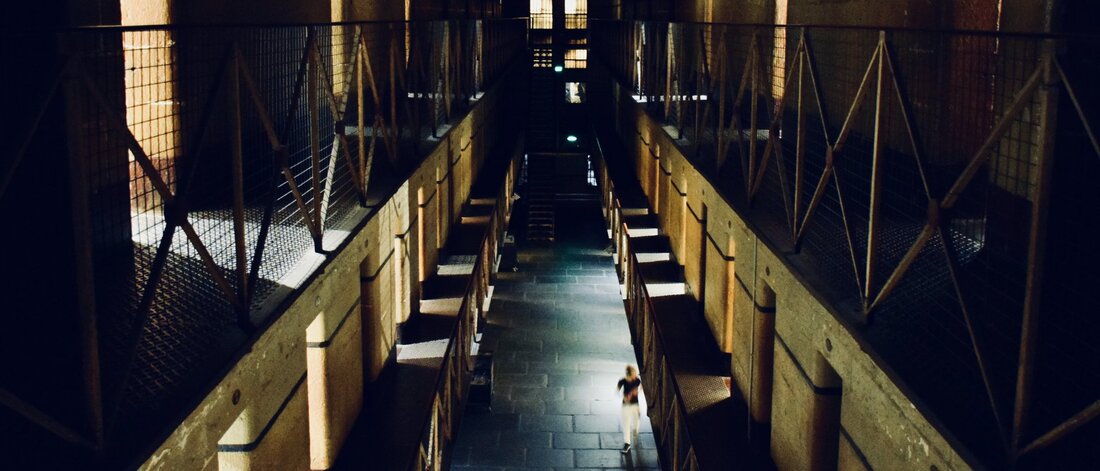
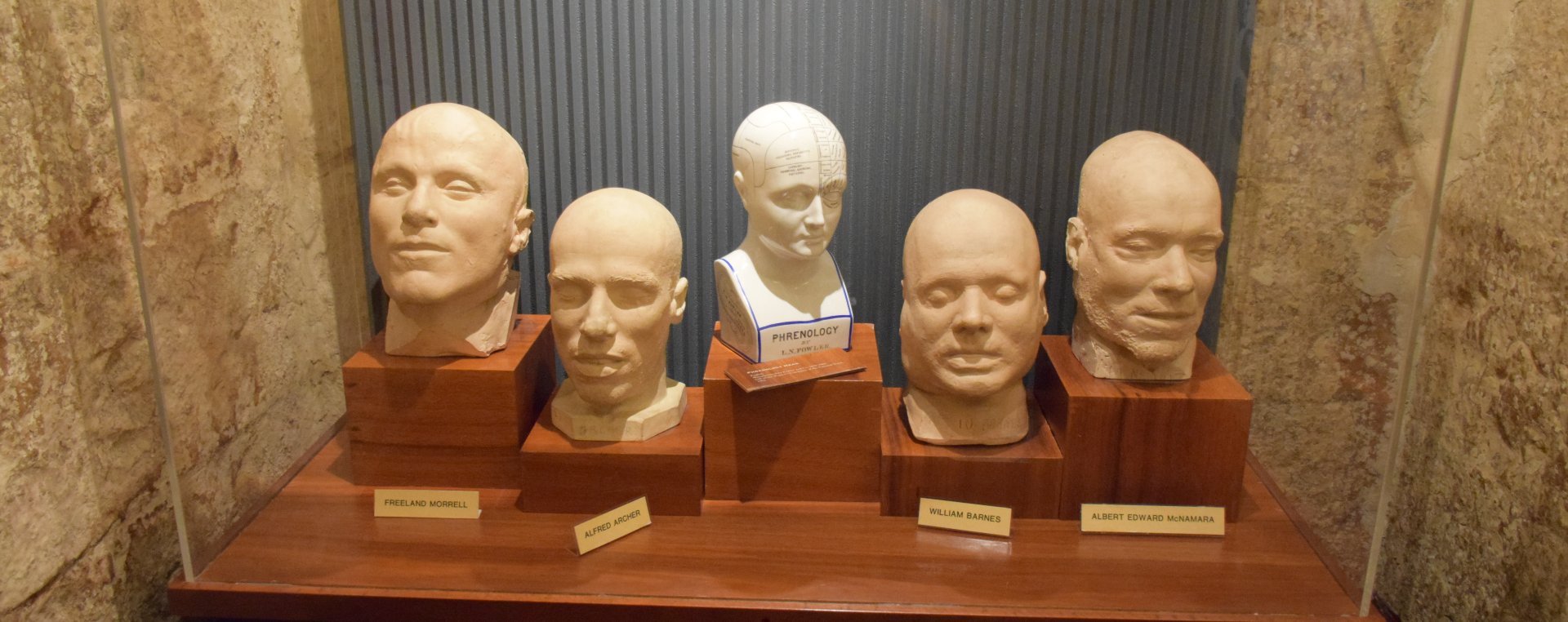
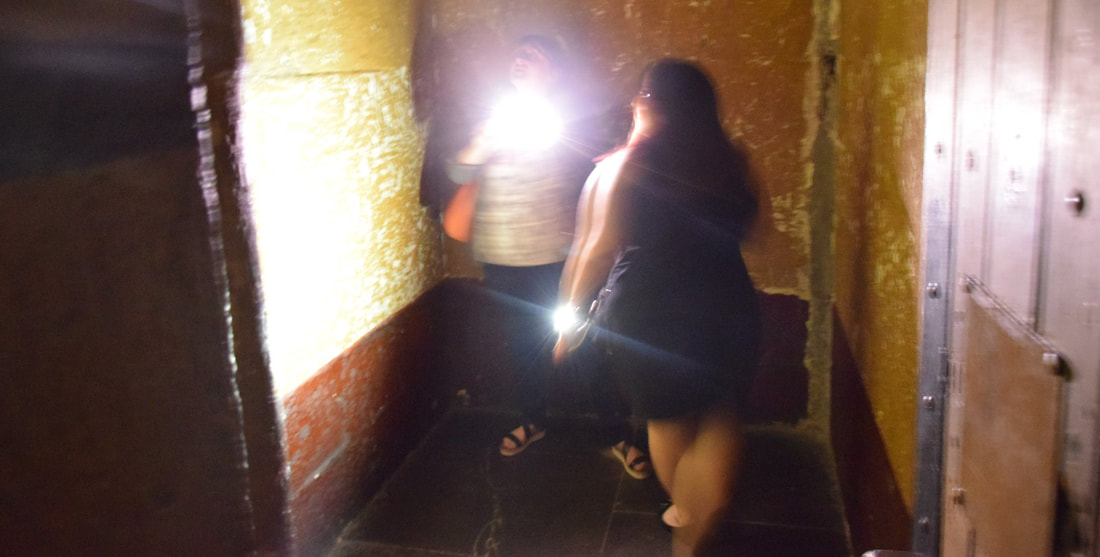
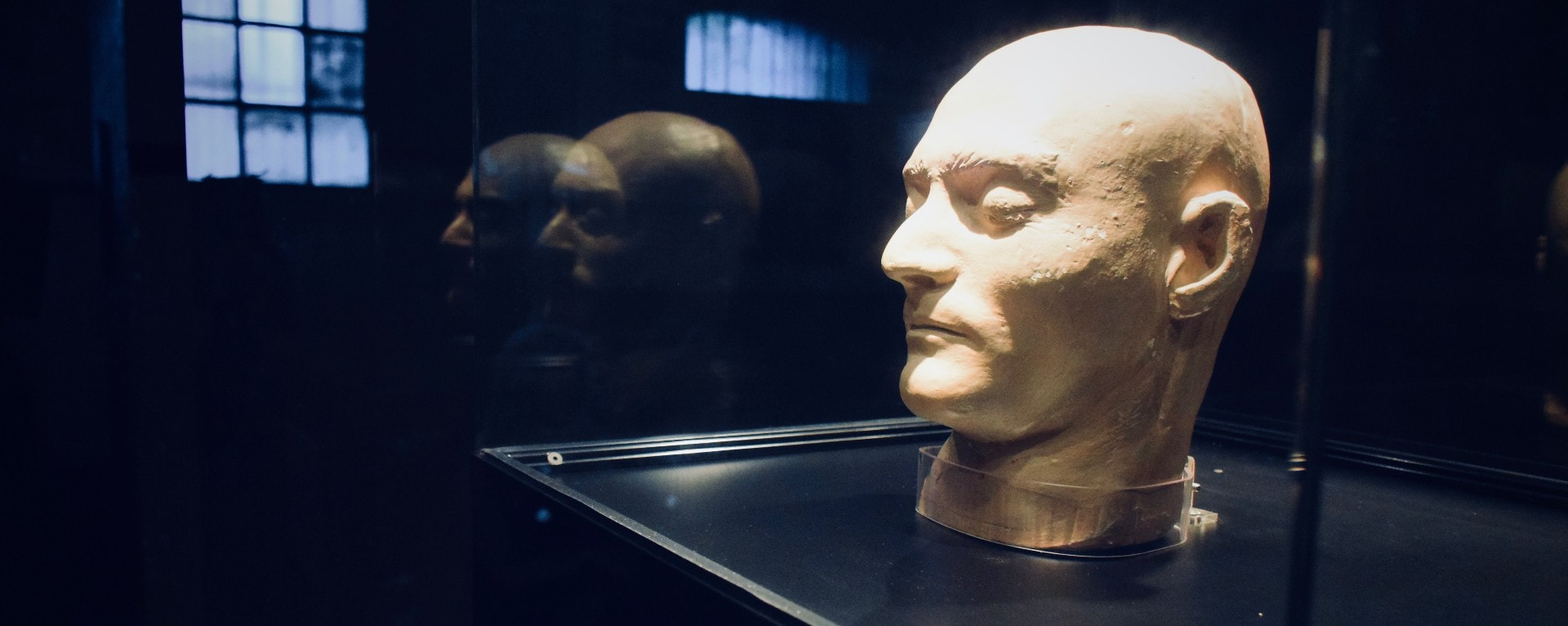

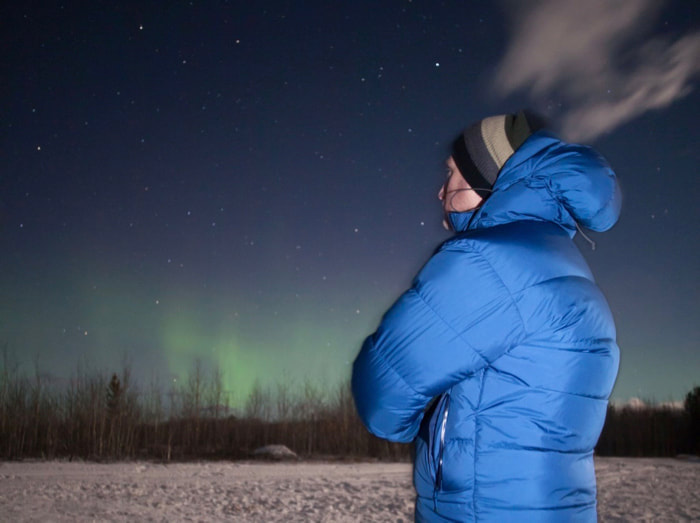
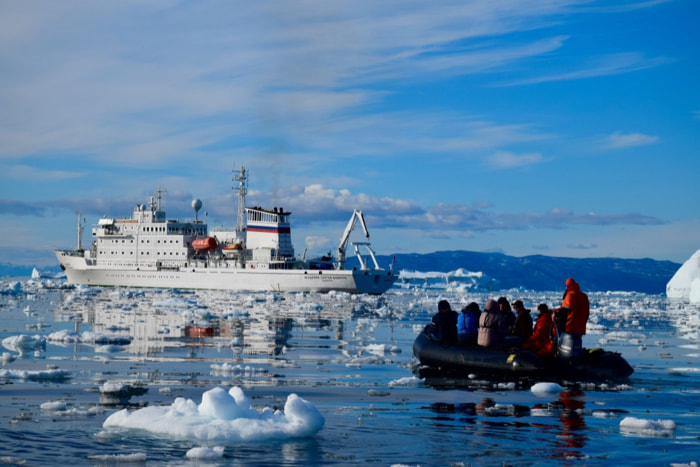
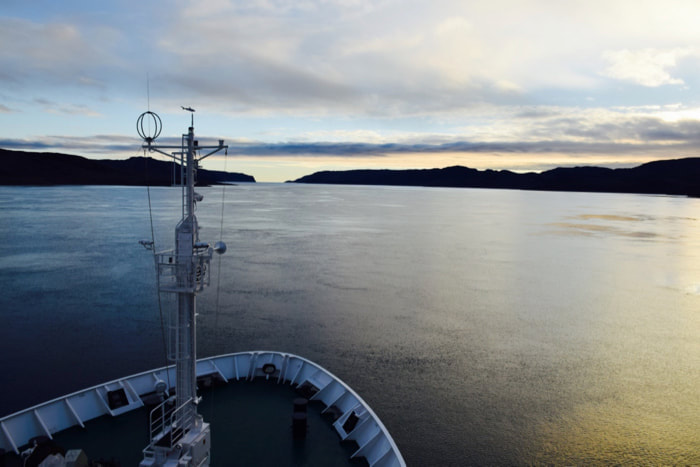
 RSS Feed
RSS Feed

